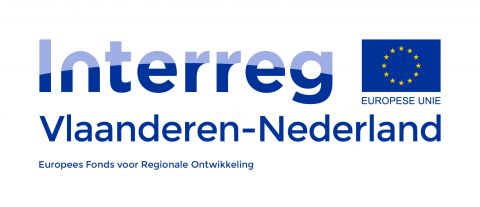Every year, around 35 gigatonnes of CO2 is released into the atmosphere as a result of industry, agriculture and mobility…18 gigatonnes of this is stored by nature itself, but more than 17 gigatonnes of CO2 remains in the atmosphere as greenhouse gas.
We are facing a major challenge to reduce CO2 in the coming decades and to achieve the targets set in the fight against climate change. We can look for ways to emit less CO2 and at the same time convert the CO2 that remains in the atmosphere into something useful in a sustainable manner. Incidentally, this will automatically lead to a reduction in our dependence on fossil fuels.
Affordable and sustainable
Over the last five years, VITO has been working hard on researching solutions for capturing CO2 and using it in other applications. The big challenge here is not only how to extract it from the air in an economically efficient manner, but also how to make the use of CO2 as a raw material affordable and sustainable.
One of the major pollutants is CO2 from point sources (industrial chimneys). We want to prevent this CO2 from escaping by capturing it, but we can also extract CO2 from the air, which we are then going to convert. VITO is relying on its expertise in electrochemistry here, using the patented VITOCoRe/VITOCaSe gas diffusion electrode platform (GDE). The research team was further strengthened in 2018 with experienced experts in the field of engineering, electrocatalyst synthesis and process modelling.
Five new projects involving VITO were launched in 2018. The CO2 PERATE project aims to convert CO2 into formic acid. Until now, formic acid has been extracted from fossil resources. It is widely used as a raw material or treatment agent in the chemical, leather and textile industries. But it also offers opportunities as an energy vector in the conversion to hydrogen. VITO is developing the electrocatalyst for this project together with the University of Antwerp.
The BIORECO2VER project was launched in January 2018 within the European Horizon 2020 research programme. Within this project, we are developing a method for energy-efficient CO2 capture from industrial point sources and performing biological conversions into valuable platform chemicals. The latter is carried out at the level of modified microorganisms that use CO2 as a food source. Two VITO technology platforms are used here, namely gas fermentation and bioelectrochemistry. VITO is coordinating this project. VITO is also evaluating the bioelectrochemical conversion in the Interreg ENoP project, which expires in 2019. The focus here is on the efficient storage of renewable energy in the form of CO2-based chemicals and fuels.
The fourth project launched at the end of 2018 is an Interreg 2Seas project. In the E2C project ‘Electrons to High-Value Chemical Products’, VITO is involved in the construction of a pilot plant in order to demonstrate the technical feasibility of CO2-based formic acid production.
The Bac-to-Fuel project was launched as the final project – it is also included in the European Horizon 2020 programme and will be a cost-competitive alternative to fossil hydrogen production. In this project, CO2 and renewable hydrogen are converted into biofuels using bacteria.
All of these projects must satisfy the plan that VITO has submitted to the Strategic Advisory Committee: to develop an economically feasible way of converting CO2 into usable products at a production scale of 20 tonnes/year by 2021.
The pipeline of new projects will be strategically supplemented over the coming years. VITO is thus hoping to fulfil its role as an expert centre for CO2 conversions.




